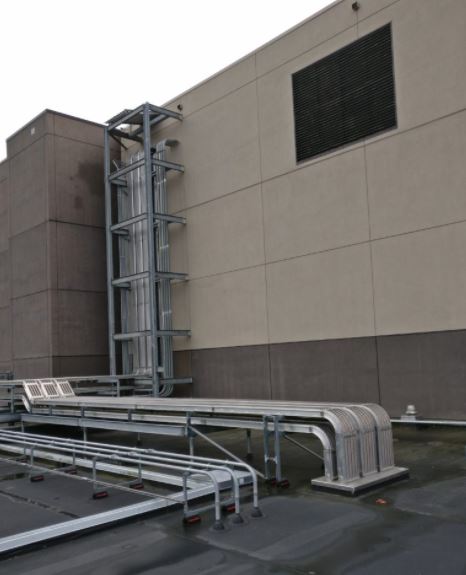
Busbars and relays are crucial elements of an electric power system. Protection engineers need to safeguard a busbar against possible faults that may occur on them. A relay plays a significant role in bus bar protection by sending signals as soon as faults occur in the power system. It is used in high-impedance-based applications within industrial power systems and utility substations. The relay can also be used in restricted earth-fault or residual applications to protect motors, transformers, generators, and reactors.
This article gives a general overview of relays and bus bars, and the way they both work to establish a secure electrical connection and power distribution.
Learn More About Our Company:
ABOUT US | OUR PRODUCTS | CONTACT US
A Relay
A relay is a switching and sensing device that sends a signal to the circuit breaker when a fault occurs in the power system. Once the circuit breaker has received the signal from the relay, it breaks the circuit automatically to safeguard the entire system. The relay only senses the error and alerts the circuit breaker of a potential fault, but it is the work of the circuit breaker to end the connection. It also acts as an electrical amplifier for a discrete signal that selects or controls one among many circuits.
A Busbar
A busbar is a bar of aluminum, brass, or copper that conducts electricity within a battery bank, switchboard, or substation. A busbar collects energy from incoming feeders before distributing them to outgoing feeders. It acts as an electrical junction where both incoming and outgoing currents meet. When a fault is detected in any section of the bus bar, any connected equipment must be tripped in the shortest time possible to provide complete isolation to that section.
A relay helps to initiate signals of faults occurring in the busbar, thus triggering a circuit breakage. Most busbars used in electrical substations have rectangular cross-section bars but can also take other forms such as solid round bars, round tubes, or shape tubes.
The Importance of Relays in Busbar Protection
In the early days, the relays used in busbar protection were very lengthy and it took a lot of time to isolate the busbar from the source of the fault, causing significant damage to the system. One requirement of bus bar protection is that fault in any transformer or feeder should not disturb the busbar system. The second zone distance protection was later designed to relay on the incoming feeder. This provided an operating time of about 0.3 to 0.5 seconds to safeguard the busbar against system faults.
Most modern electrical power systems deal with a large amount of power and without the necessary protective measures, it could result in big losses to the company. This means that the second zone distance protection could not provide a short enough clearing time to ensure the stability of the system. That is the reason why the differential busbar protection relay scheme was recently introduced to overcome the above-mentioned difficulties. Unlike the second zone distance protection scheme, it provides an operating time of fewer than 0.1 seconds to initiate circuit breakage in case of a system fault.
Two Commonly Used Schemes for Busbar Protection
Differential Protection
The busbar differential protection scheme is the basic method used for busbar protection in which the incoming and outgoing currents from the bus are totalized. The sum of these currents equals zero during normal load conditions. A differential current is produced to operate a relay when a fault that upsets the balance occurs. All CTs in the scheme are required to have the same ratio regardless of the capacities of different circuits.
Under external fault conditions or normal load conditions, no current flows through the relay and the sum of incoming currents equals the currents leaving the bus bar. However, the currents entering the bus are no longer equal to those leaving it if a fault occurs within the protected zone. The current differences flow through the relay coil, triggering the backup generator, circuit breaker, as well as individual line circuit breakers.
Fault Bus Protection
A station can also be designed in which the developing faults are mostly earth faults. You can achieve this using an earthed metal barrier also known as the bus fault. It surrounds each conductor in the bus structure throughout its entire length. When you employ this type of arrangement, every occurring internal fault must involve a connection between an earthed metal and a conductor. It is easier to detect and determine the primary location of faults by directing the flow of earth-fault current.
Relays and busbars work together to ensure stability and efficient distribution of incoming and outgoing current in an electrical power system. A good bus bar protection system should detect and trip the faulty part of the bus upon initiation of a stress signal. A relay is a crucial element that protects the bus bar system from mal-operation caused by human mistakes, auxiliary contact failure, and faults in the secondary circuits.
